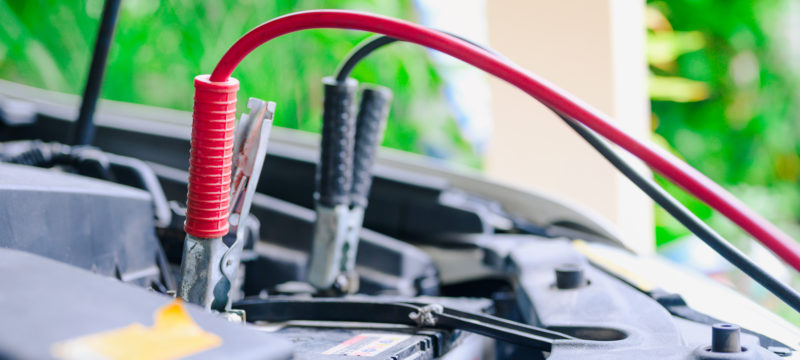If you’ve ever been stuck in your car with a dead battery, you’re probably familiar with the dread that comes over your body when you realize what’s going on. You are entirely helpless, and it can take hours to have someone come pick up your stranded vehicle. But there are a few simple things to do before starting up the engine that can help jump-start your car’s battery in an emergency.
1. Line up both cars
The first thing you need to do is make sure both cars are on the same side of the road, facing the same direction. This is important because if they’re not, you can’t see where they are and the cable connection would be cumbersome.
2. Remove as much corrosion and gunk as possible
You need to remove any old and rusty batteries, cables, and plugs from your battery terminals so that they don’t get in the way of your jumper cables.
3. Connect your jumper cables
You need to get both ends of your cables attached to the car battery terminals and make sure they are connected securely. The connection should be tight enough that the jumper cables cannot slip off and allow a “spark” to jump between the two cars, which could cause a fire risk.
4. Twist both cables together
Once you’ve connected the jumper cables, you need to tightly twist them together. The twisting motion will help start your car’s car battery if the entire battery of your vehicle has gone dead. You need to make sure that you are twisting both cables in the same direction and not flipping them over or messing with them in any other way.
5. Start the car with the good battery
You need to start up the car’s engine with a good battery and let it run until it is warmed up. The purpose of this is to help the engine of your other vehicle with a dead battery warm-up so that you can turn it on without any issues.
6. Start your car
Once the engine has warmed up, it should be ready to start up without any issues from a dead battery. Just make sure that you turn on your lights and heat or AC before you start up your car, as this will help the battery continue to run throughout the time it takes for it to fully charge back up again.
7. Turn off your car
After your car has warmed up, you need to turn it off and let it sit for a while. This allows the battery of the other car to charge up again completely. You don’t need to drain your battery completely as long as you let it sit for a little while to have enough electrical energy in the battery.
8. Remove your jumper cables
Once the other car’s battery has fully charged up again, you need to remove the jumper cables from your vehicle and then turn on your engine. This will allow your car to start up normally again.
9. Remove your cables from the other car’s battery terminals
Now it’s time to remove the jumper cables from both vehicles to ensure that nothing else results in a fire risk. You need to unhook the cables from your car’s battery terminals and then remove them from the other car.
The most important thing to remember when it comes to jump-starting your car is that you don’t want to make any hasty decisions that could put both of your cars in the middle of a dangerous situation.



Leave a Comment